Phase field models of dynamic fracture
While the mathematics community has mostly focused on rate-independent (quasi-static) models for fracture, many engineering and industrial application involve dynamic effects. In collaboration with Christopher J. Larsen, Christoph Ortner, and Endre Süli, (Bourdin, Larsen, & Richardson, 2011), (Larsen, Ortner, & Süli, 2010), I have extended phase-field models of fracture to the dynamic setting, and developed the staggered scheme later used in (Borden, Verhoosel, Scott, Hughes, & Landis, 2012), (missing reference):
\[\begin{equation} \left\{ \begin{array}{ll} u_{tt} &= \displaystyle -\mathrm{div}\left(a(\alpha) \frac{\partial W}{\partial \mathrm{e}} (\mathrm{e}(u))\right) \\ v &= \displaystyle \mathrm{argmin} \left(\int_\Omega a(\alpha)W(\mathrm{e}(u))\, dx + \frac{G_c}{4c_w}\int_{\Omega\setminus \partial \Omega_N} \frac{w(\alpha)}{\ell} + \ell |\nabla \alpha|^2\, dx\right). \end{array} \right. \label{eq:Dynamic} \end{equation}\]Numerical simulation of an antiplane shear fracture experiment. At high enough loading rates, cracks branch and kink, as expected.
References
- Bourdin, B., Larsen, C. J., & Richardson, C. (2011). A time-discrete model for dynamic fracture based on crack regularization. Int. J. Fracture, 168(2), 133–143. DOI:10.1007/s10704-010-9562-x Download
- Larsen, C. J., Ortner, C., & Süli, E. (2010). Existence of solutions to a regularized model of dynamic fracture. Math. Models Methods Appl. Sci., 20(7), 1021–1048. DOI:10.1142/S0218202510004520
- Borden, M. J., Verhoosel, C. V., Scott, M. A., Hughes, T. J. R., & Landis, C. M. (2012). A phase-field description of dynamic brittle fracture. Comput. Methods Appl. Mech. Engrg., 217–220(0), 77–95. DOI:10.1016/j.cma.2012.01.008
More pages on this topic
RESEARCH
defectmechanics
